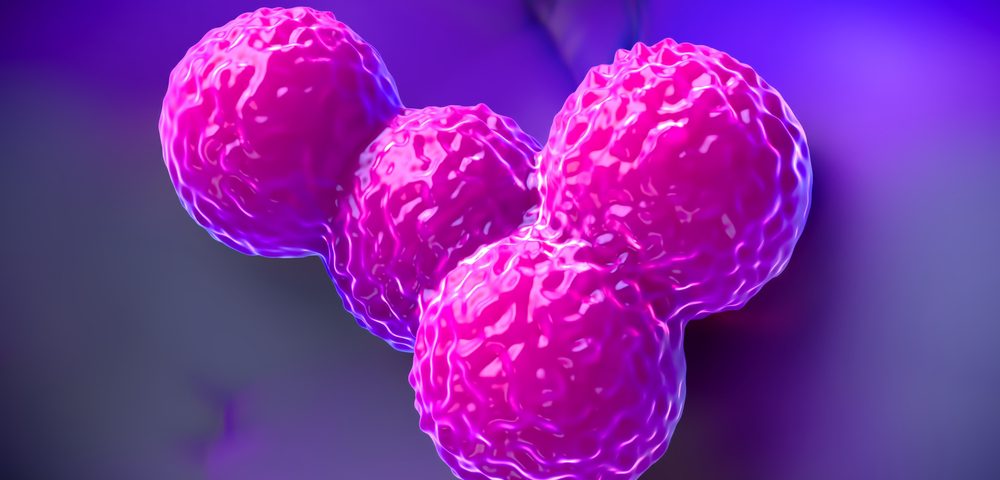A key step taken by bacteria in becoming resistant to powerful antibiotics was recently uncovered, a finding of possible importance in the global fight against so-called superbugs able to evade treatment, including those that cause aggressive cases of pneumonia.
Researchers at the University of Central Lancashire looked specifically at an approved antibiotic of “last resort,” Vancomycin, and how it interacts with a specific protein — called VanS — found at the membrane of highly resistant bacteria. Vancomycin is a U.S. Food and Drug Administration-approved antibiotic of last resort, meaning it is used only after others have failed to reduce a dangerous bacterial infection.
The study, “Hydrodynamics of the VanA-type VanS histidine kinase: an extended solution conformation and first evidence for interactions with vancomycin,” was published in the journal Nature Scientific Reports.
Bacteria are unicellular life forms capable of living in many different settings. Under the right conditions in the human body, they can multiply and cause infections. Antibiotics were designed to attack bacteria and stop the progression of an infection, but not all are effective. Bacteria referred to as superbugs have developed ways to evade antibiotics, triggering their genetic material to produce new information that makes them resistant to multiple types of treatment.
“Many bacteria are very clever in quickly adapting to defend against the medicines used to kill them. Identifying the key interaction point is a major step in helping us to permanently outwit them,” Stephen Harding, the study’s senior author and a professor of Applied Biochemistry at the University of Nottingham, said in a press release.
Specifically, the researchers showed the mechanisms involved in activating resistance genes in some of the most difficult to treat and deadly bacterial infections, namely penicillin-resistant pneumonia and methicillin-resistant Staphylococcus aureus (MRSA), which is a serious and hospital-acquired.
“We’ve identified that the important antibiotic known as Vancomycin binds directly to a specific protein in the membrane of some key bacteria. We believe this may then trigger the resistance mechanism, most likely in combination with other additional factors,” said Mary Phillips-Jones, the study’s lead author and a senior lecturer in Biochemistry and Microbiology at Central Lancashire.
“Understanding how these ‘resistance triggering’ mechanisms work in bacteria means that we can find new ways of destroying them, taking us one step closer towards combating these harmful superbugs,” Phillips-Jones concluded.


